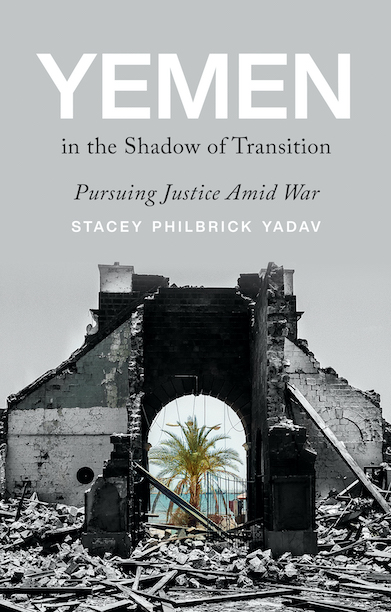
Yemen in the Shadow of Transition
Pursuing Justice Amid War
Our pick for best published Yemen’s readings

Pursuing Justice Amid War
Offers a persuasive rethink of methodologies for true transitional justice in Yemen and for a truly post-conflict state, drawing on history, fieldwork and policy analysis.
Description
Responding to a diplomatic stalemate and a catastrophic humanitarian crisis, Yemen’s civil actors work every day to build peace in fragmented local communities across the country. This book shows how their efforts relate to longstanding justice demands in Yemeni society, and details three decades of alternating elite indifference toward, or strategic engagement with, questions of justice.
Exploring the transformative impact of the 2011 uprising and Yemenis’ substantive wrestling with questions of justice in the years that followed, leading Yemen scholar Stacey Philbrick Yadav shows how the transitional process was ultimately overtaken by war, and explains why features of the transitional framework nevertheless remain a central reference point for civil actors engaged in peacebuilding today. In the absence of a negotiated settlement, everyday peacebuilding has become a new site for justice work, as an arena in which civil actors enjoy agency and social recognition. Drawing on seventeen years of field research and interviews with civil actors, Yadav positions Yemen’s non-combatants not–or not only–as victims of conflict, but as political agents imagining and enacting the justice they wish to see.
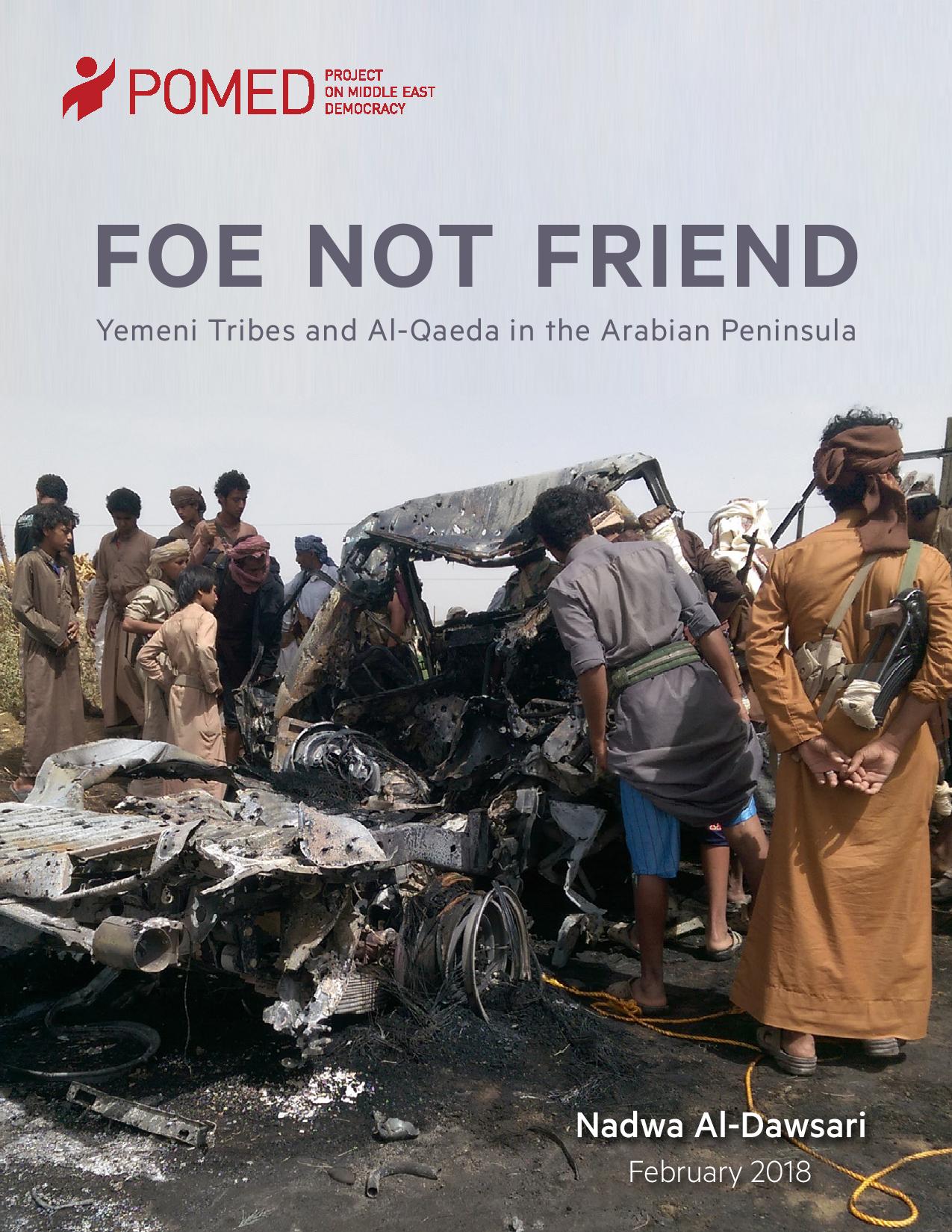
Yemeni Tribes and Al-Qaeda in the Arabian Peninsula
by Nadwa al-Dawsari
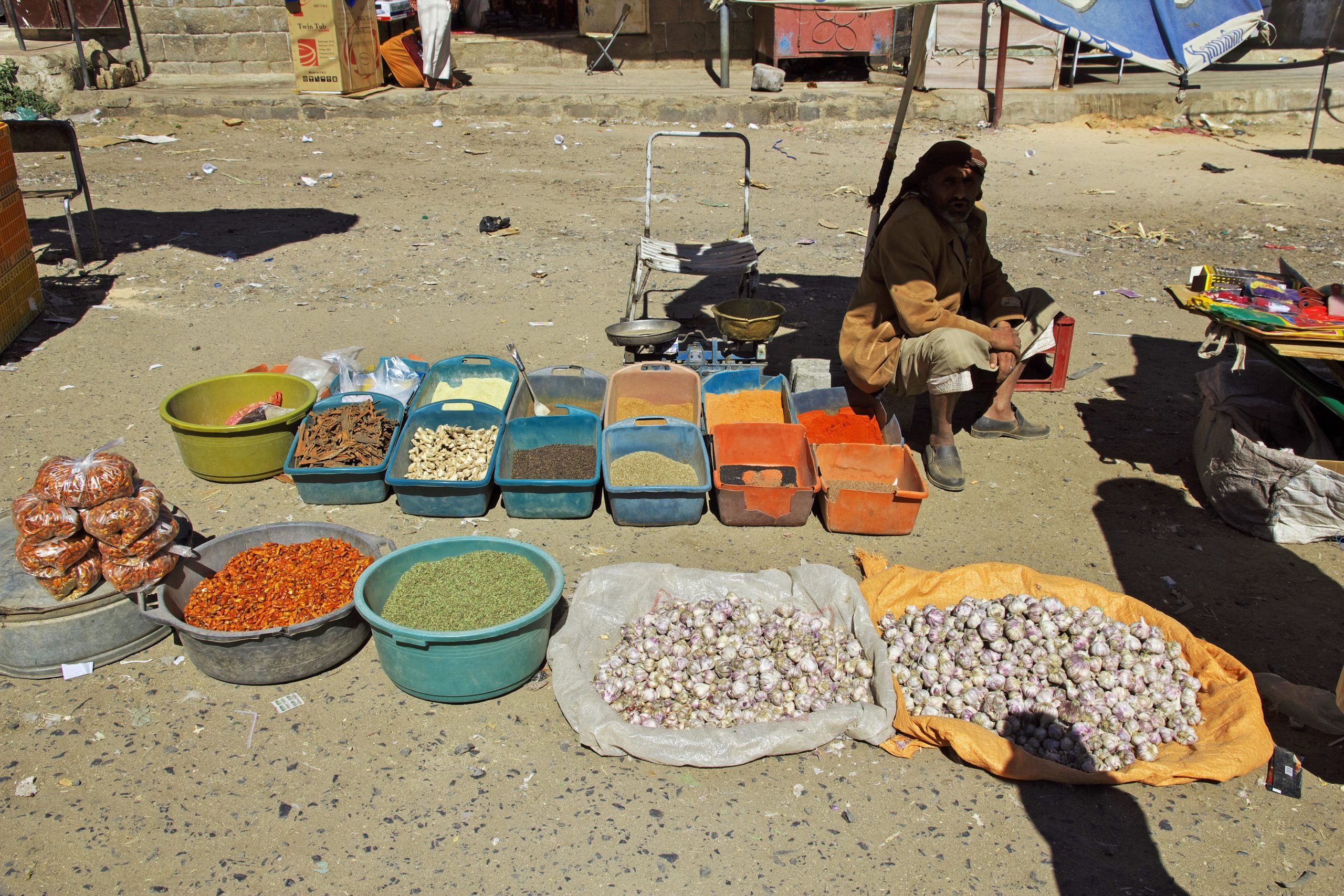
From Economic Incubator to Military Frontline
Border markets on Yemen’s northwestern border with Saudi Arabia gave rise to a distinct economic system and bridged communities. Yet the war in Yemen has either destroyed them or forced their closure.
 Read
Read
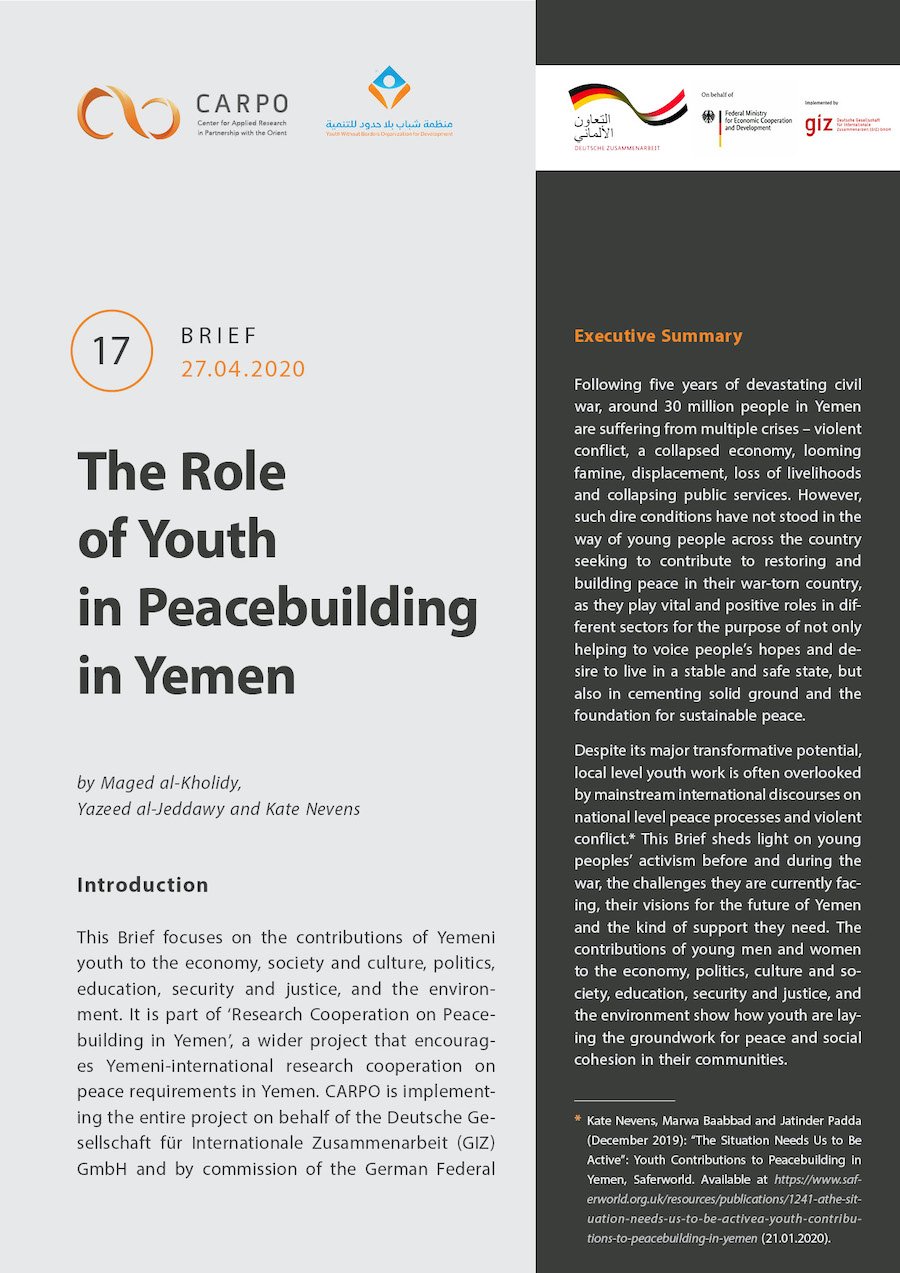
by Maged al-Kholidy, Yazeed al-Jeddawy and Kate Nevens
Despite its major transformative potential, local level youth work is often overlooked by mainstream international discourses on national level peace processes and violent conflict. This Brief sheds light on young peoples’ activism before and during the war, the challenges they are currently facing, their visions for the future of Yemen and the kind of support they need. The contributions of young men and women to the economy, politics, culture and society, security and justice, education and the environment show how youth are laying the groundwork for peace and social cohesion in their communities.
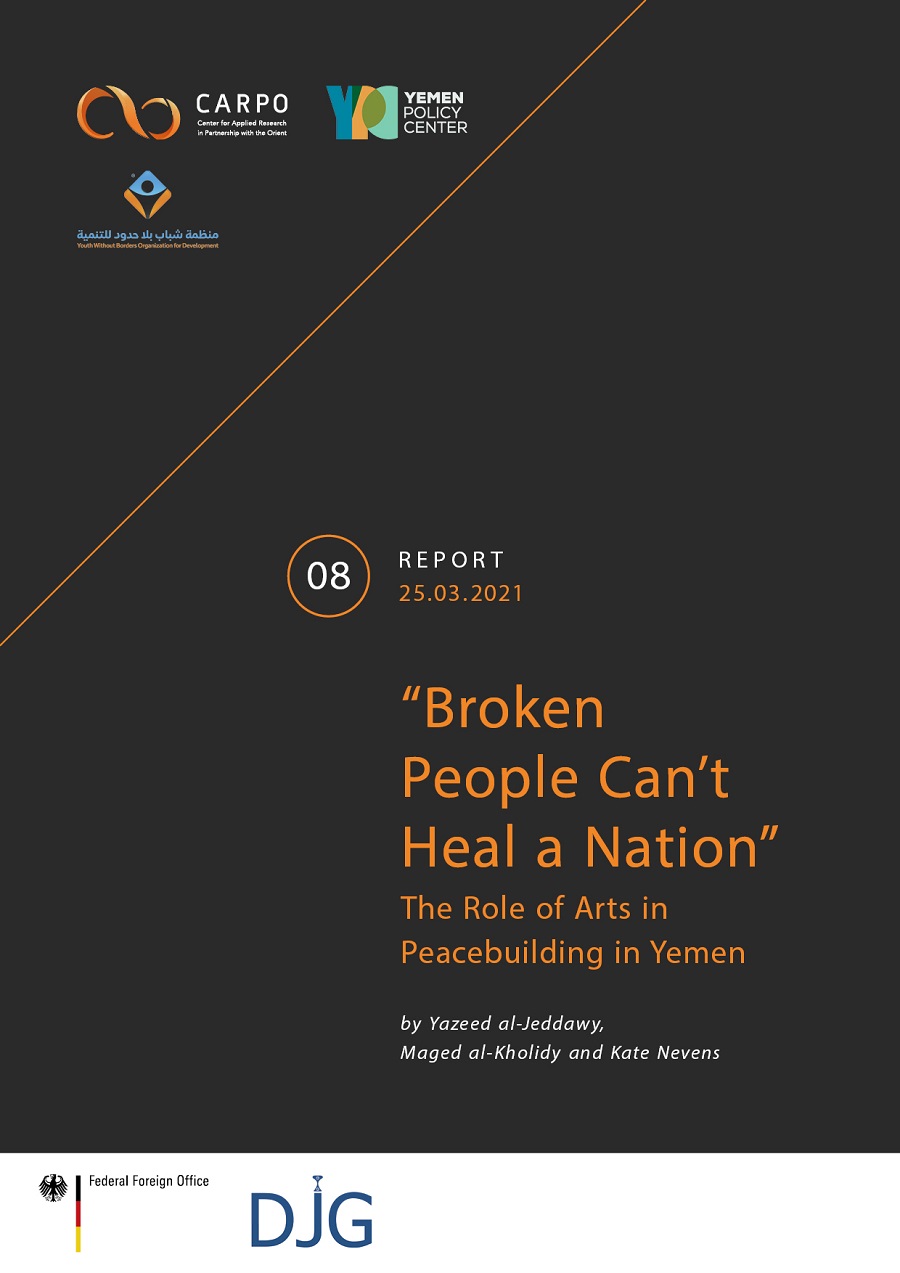
by Yazeed al-Jeddawy, Maged al-Kholidy and Kate Nevens
This Report looks at how the arts and peacebuilding have historically intersected in Yemen, and how traditional arts are alive today and are being used to promote peace and war. It demonstrates the variety of ways in which the arts promote and educate on the values of peace, equality and cultural diversity while also being a tool for documenting life during war, telling untold stories and preserving collective memory. It also highlights the use of art for advocating against violence and human rights violations, for supporting the psychosocial wellbeing of traumatized people, and for rebuilding relationships in communities torn apart by the war. The Report concludes with recommendations for a number of different ways in which the arts can make a direct and indirect contribution to peacebuilding in Yemen.
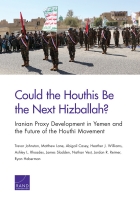
Iranian Proxy Development in Yemen and the Future of the Houthi Movement
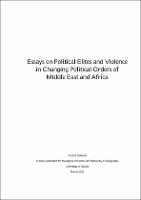
Chapter 7: by Andrea Carboni (PHD Thesis)